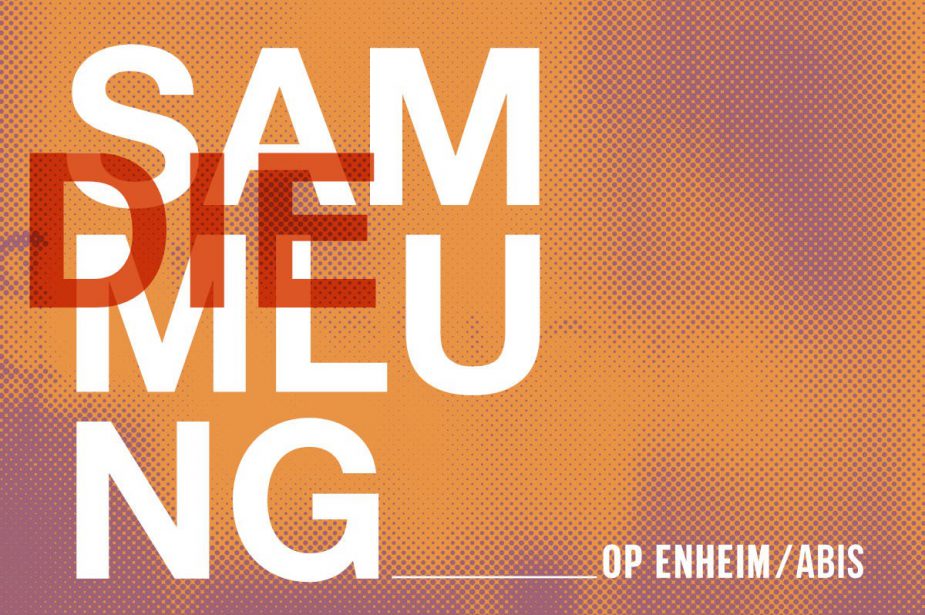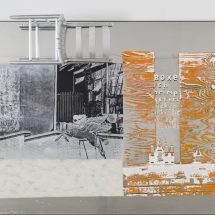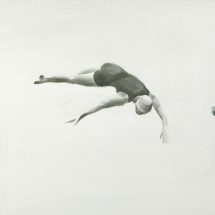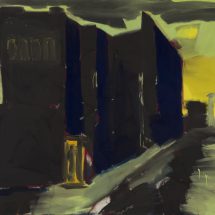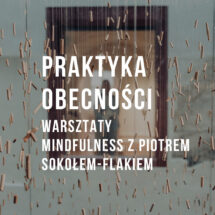DIE SAMMLUNG___OP ENHEIM / ABISselection from collection
opening of exhibition: 11.10.2019, godz. 19:00exhibition duration: 12.10 – 31.12.2019
Artists: Assig / Bujnowski / Fetting / Gerken / Gaskell / Hart / Kiefer / Koberling / Lafontaine / Opałka / Pągowska / Rauschenberg / Rogalski / Sasnal / Wenders / Wróblewski / Ziemski
Curator: Kama Wróbel
An art collection is more than a collection of artworks. It reflects passion, expresses the need to commune with art and documents the condition of the world – closely watched from an individual perspective by the trained eye of the artist and filtered through a unique visual language. It fascinates.
The exhibition shown at OP ENHEIM is a symbolic representation of a turbulent period in history and art history. Social, economic and political changes that swept through Europe and the USA in the second half of the 20 th century left a deep mark on the attitudes and biographies of artists living at the time and influenced their art. The emergence of new trends, the search for original languages of artistic expression, returning to old traditions only to abruptly depart from them – all of it resulted in the creation of completely new styles, undermining the previously unquestioned position of European art and leading to the triumph of American art on the international stage. The exhibition titled Die Sammlung___ is a symbolic tale of these changes.
Among the works featured at the OP ENHEIM exhibition there are Robert Rauchenberg’s combine paintings as well as works by artists belonging to the Neue Wilde group centred around the Gallery at Moritzplatz, such as Reiner Fetting and Berndt Koberling. The rehabilitation of war threads is the subject of works by Anselm Kiefer and Wim Wenders, whereas search for oneself and for new ways of expression in post-war Poland and Europe is the central theme of paintings by Teresa Pągowska, Rajmund Ziemski and Roman Opałka. There are also pieces addressing contemporary problems (by Wilhelm Sasnal, Rafał Bujnowski or Ina Gerken) and examples of women’s art (Marie-Jo Lafontaine, Claudia Hart).
Instead of following the typical narrative of a museum presentation, this exhibition is similar to a relatively free journey whose direction is determined by individual works-symbols indicating important events or turning points in art history. The narrative mirrors the shape and content of the ABIS and OP ENHEIM collections, which for the most part consist of German, Polish and American art, but also contain important works by English, Italian and Belgian artists. The ABIS collection is a set of artworks that were selected and organised by the acclaimed collector Dr. Erich Marx (Sammlung Marx – Berlin). Now, having been enriched with works from the OP ENHEIM collection, a new chapter opens for the ABIS collection.
This exhibition has a special character for us. It features a small selection of works from the extensive ABIS / OP ENHEIM collection, which constitutes an important reference point for us in our everyday work. At the same time, it is a presentation of a private, successively developed collection of contemporary art (Die Sammlung means “collection” in German), which provides a starting point for a conversation about the essence of collecting. This activity has recently begun to acquire a social and communal character. Therefore, we would like to use this exhibition to pose questions about the value of creating private collections, which are free from various forms of restrictions imposed elsewhere, and find out if this process can actually influence the history, independence and development of culture, art and – indirectly – our identity.
____________
ABIS/OP ENHEIM
The ABIS collection is a set of artworks that were selected and organised by the acclaimed collector Dr. Erich Marx (Sammlung Marx – Berlin). Now, having been enriched with works from the OP ENHEIM collection, a new chapter opens for the ABIS collection. It contains nearly 140 world-class works of art that were created between the 1950s and early 2000s, mostly German (including artists such as Martin Assig, Georg Baselitz, Tim Eitel, Reiner Fetting, Eberhardt Havekost, Anselm Kiefer, Wim Wenders), American (Hans Hoffmann, Robert Rauschenberg, Julian Schnabel), the Italian Transavanguardia and Nuova Scuola Romana (Cucci, Bruno Ceccobelli, Ernesto Tatafiore), as well as an interesting selection of Polish art (e.g. Rafał Bujnowski, Zbigniew Rogalski, Wilhelm Sasnal). A section on women’s art is also present, including classic pieces by artists such as Marie-Jo Lafontaine and Claudia Hart.
Works from the ABIS collection are on permanent display at the American Academy in Berlin. They are also shown at temporary exhibitions organised by cooperating cultural institutions around the world, including the Wrocław House of Culture OP ENHEIM, which opened in October 2018 with Mirosław Bałka’s exhibition 1/1/1/1/1, curated by Anda Rottenberg. Since then, OP ENHEIM has been building up its own collection, which contains works presented during temporary exhibitions as well as pieces by artists representing distinctive, interesting attitudes, such as Mirosław Bałka, Hubert Czerepok, Jarosław Kozłowski, Bernd Koberling, Dominik Lejman or Ina Gerken.
________
Curator: Kama Wróbel
Design: Daria Pietryka
Production and assembly: Monika Muszyńska and team, Michał Michalczak
Promotion: Aga Smutek
Visual identification: Grzegorz Kozak
Apprentices: Agata Lankamer, Marta Michalec
Cooperation: Dorota Woźniak, Nikola Blania
